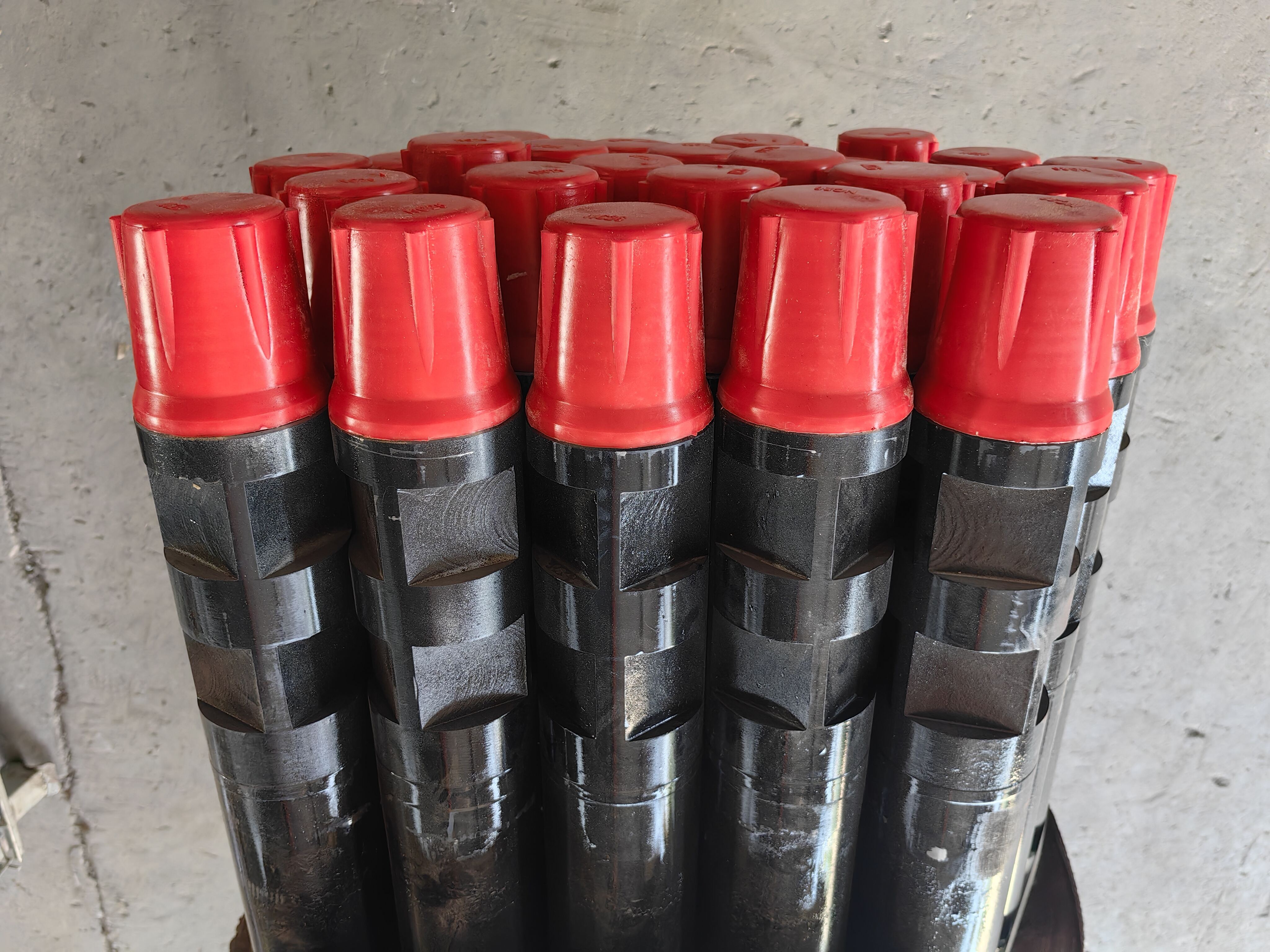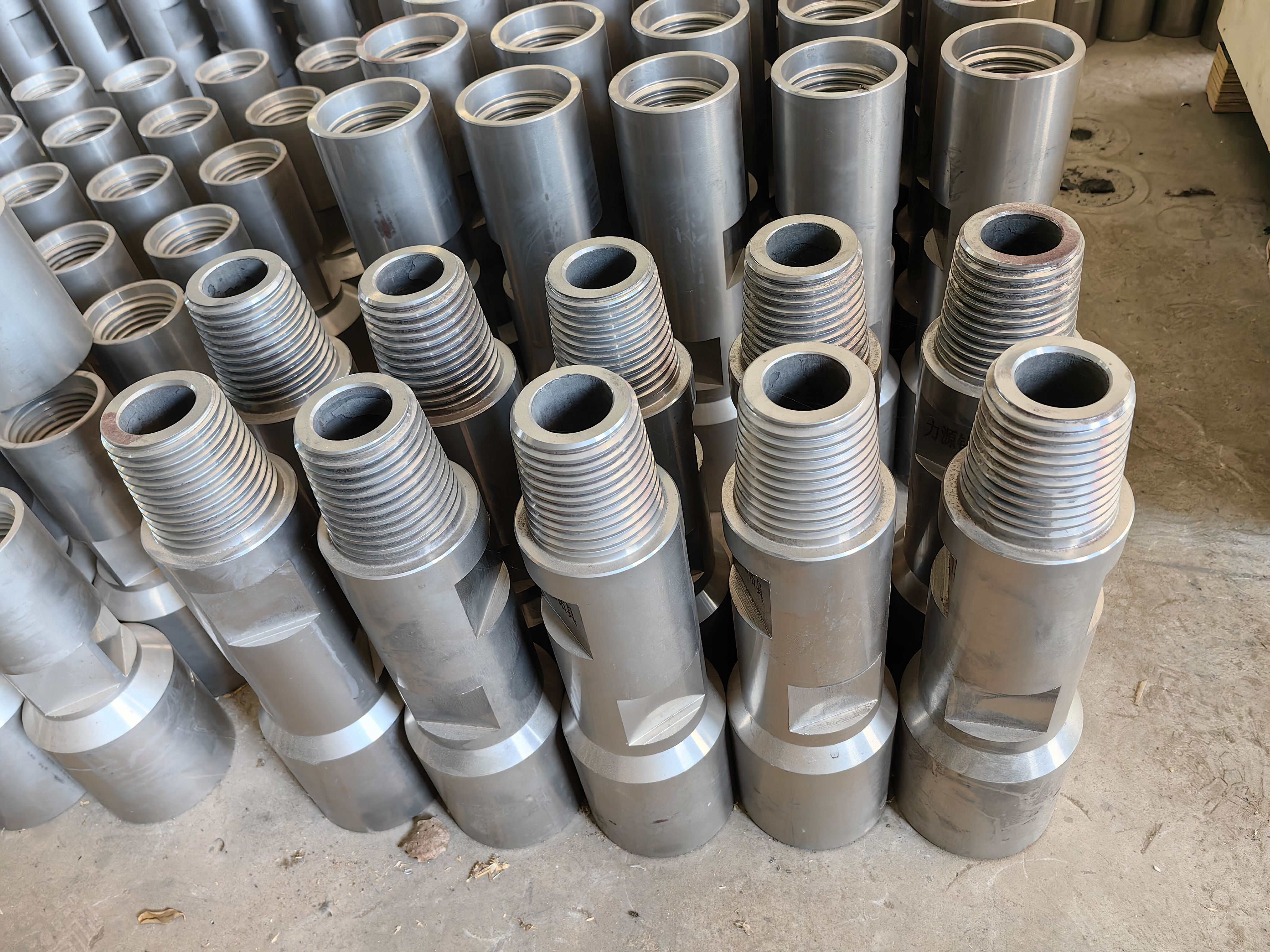Making Smart Investments in Drilling Equipment
The choice between used and new drill pipe represents a critical decision for drilling operations, impacting both immediate costs and long-term operational efficiency. This comprehensive analysis explores the financial implications, performance factors, and strategic considerations that influence the selection between pre-owned and new drill pipe investments.
Drilling contractors and oil field operators face mounting pressure to optimize their equipment expenses while maintaining operational excellence. Understanding the true value proposition of used versus new drill pipe requires careful evaluation of multiple factors beyond the initial purchase price.
Economic Analysis of Drill Pipe Investment
Initial Cost Considerations
New drill pipe typically commands premium pricing, often costing 40-60% more than comparable used options. This substantial price difference makes used drill pipe an attractive option for companies looking to manage their capital expenditure. However, the initial savings must be weighed against other financial factors that influence total ownership costs.
When evaluating used drill pipe, buyers must consider inspection and certification expenses, potential reconditioning costs, and the shorter remaining service life. These additional factors can narrow the apparent cost advantage of pre-owned equipment.
Long-term Financial Impact
The total cost of ownership extends well beyond the purchase price. New drill pipe offers maximum service life, typically 15-20 years under normal operating conditions. Used equipment, depending on its condition and previous service history, may provide 5-10 years of additional use. This difference in service life expectancy must be factored into the cost-per-year calculation.
Maintenance costs also play a crucial role in the financial equation. New drill pipe generally requires minimal maintenance during its early service years, while used equipment may need more frequent inspections and repairs. These ongoing maintenance expenses can significantly impact the total investment return.

Performance and Reliability Factors
Operational Efficiency
New drill pipe delivers optimal performance characteristics, including consistent wall thickness, uniform wear patterns, and precise threading. These features contribute to smoother drilling operations, reduced downtime, and more predictable performance. Modern manufacturing techniques also incorporate the latest technological improvements in material science and design.
Quality used drill pipe, when properly inspected and reconditioned, can match new pipe performance in many applications. However, operators must carefully evaluate wear patterns, wall thickness variations, and connection integrity to ensure reliable service.
Safety and Compliance Considerations
Both new and used drill pipe must meet industry safety standards and regulatory requirements. New pipe arrives with full documentation and certification, simplifying compliance processes. Used pipe requires thorough inspection and often recertification to verify its condition and suitability for service.
Modern drilling operations increasingly emphasize safety and environmental protection. The condition and reliability of drill pipe directly impact these crucial aspects of operations, making proper evaluation and maintenance essential regardless of the choice between new or used equipment.
Strategic Selection Criteria
Operating Environment Assessment
The drilling environment significantly influences the choice between new and used drill pipe. Challenging conditions, such as deep wells, corrosive environments, or high-pressure operations, may favor new equipment due to its superior integrity and known service history. Less demanding applications might successfully utilize quality used pipe without compromising operational efficiency.
Companies must evaluate their specific operational requirements, including well depth, formation characteristics, and drilling fluid properties, to determine the most appropriate equipment choice.
Market Timing and Availability
Market conditions affect both the availability and pricing of drill pipe. During industry downturns, high-quality used equipment often becomes available at attractive prices. Conversely, periods of high drilling activity can lead to scarcity of used equipment and elevated prices for both new and used pipe.
Strategic timing of purchases, considering market cycles and project schedules, can significantly impact the cost-effectiveness of drill pipe investments. Building relationships with reliable suppliers of both new and used equipment helps ensure access to quality products when needed.
Maintenance and Inspection Protocols
Quality Assurance Measures
Implementing robust inspection and maintenance programs extends the service life of both new and used drill pipe. Regular dimensional checks, non-destructive testing, and thorough documentation of service history help optimize equipment performance and reliability.
Professional inspection services play a crucial role in evaluating used drill pipe condition and maintaining both new and used equipment. Investment in quality control measures helps protect the value of drill pipe assets regardless of their original purchase condition.
Lifecycle Management Strategies
Effective lifecycle management programs help maximize the return on drill pipe investments. This includes rotating pipe strings to distribute wear, implementing proper handling and storage procedures, and maintaining detailed service records. Strategic maintenance planning helps optimize the value of both new and used drill pipe throughout their service life.
Companies should develop comprehensive asset management strategies that consider both immediate needs and long-term operational objectives when selecting and maintaining drill pipe inventory.
Frequently Asked Questions
How long can I expect used drill pipe to last?
The service life of used drill pipe varies depending on its previous usage, current condition, and operating environment. Well-maintained used pipe typically provides 5-10 years of additional service, compared to 15-20 years for new pipe. Regular inspection and proper maintenance are essential for maximizing service life.
What should I look for when inspecting used drill pipe?
Key inspection points include wall thickness measurements, connection thread condition, overall wear patterns, and any signs of stress or damage. Professional inspection services should verify compliance with API standards and provide detailed documentation of the pipe's condition.
Can used drill pipe meet the same performance standards as new pipe?
Quality used drill pipe, when properly inspected and maintained, can meet operational requirements in many applications. However, critical or challenging operations may benefit from the assured performance and full service life of new pipe. The specific application and operating environment should guide the selection decision.

